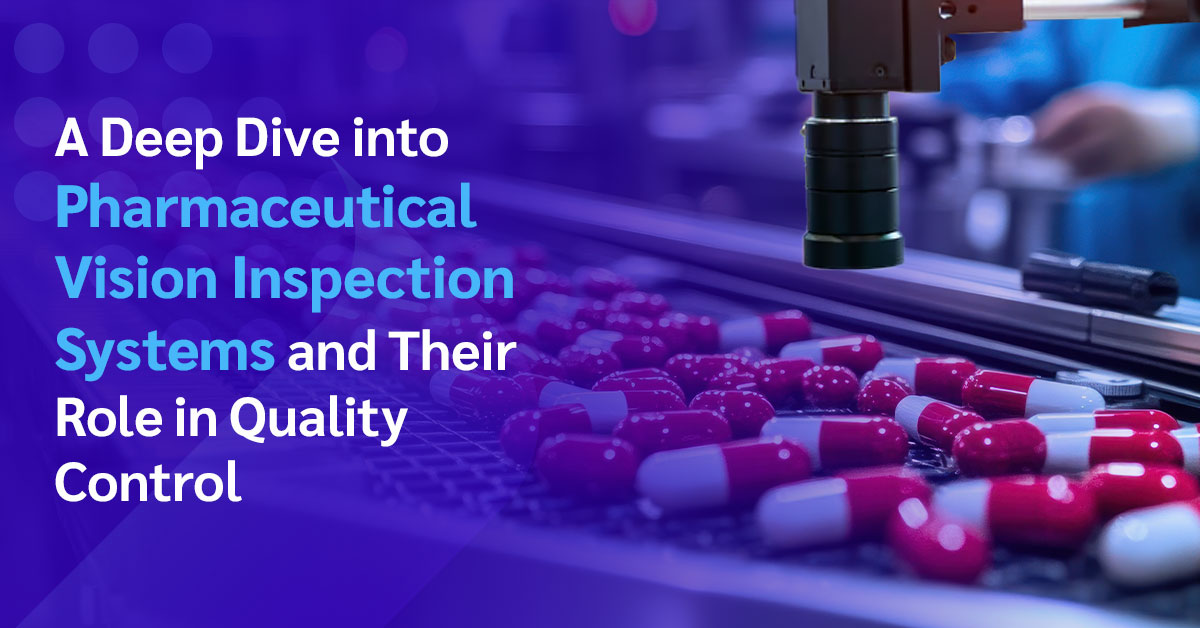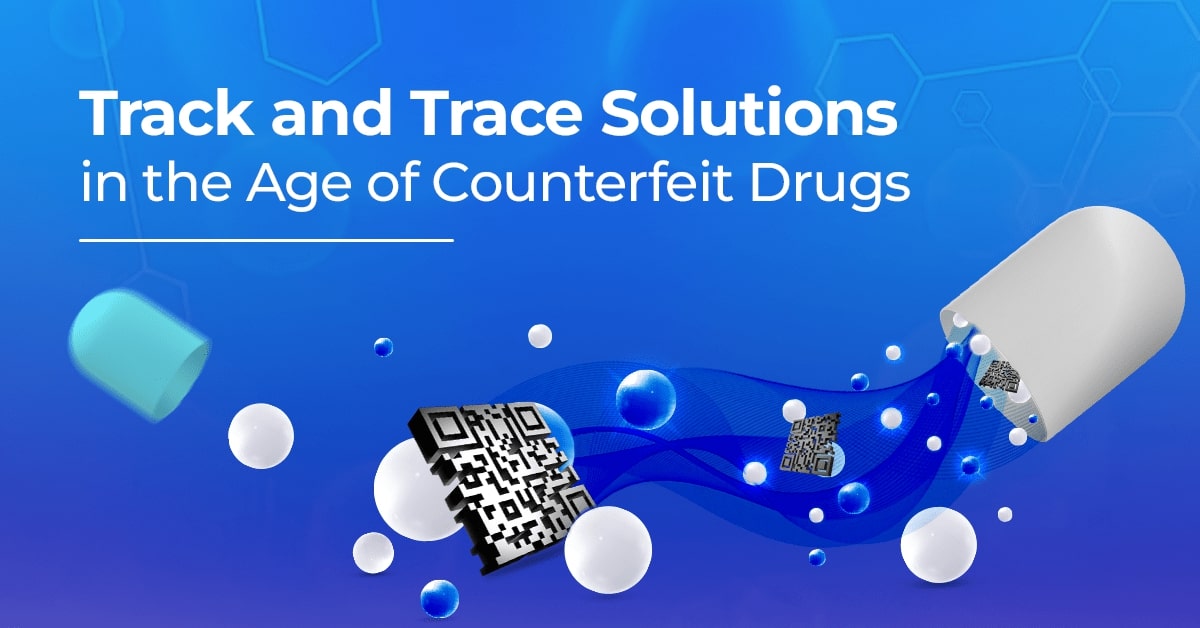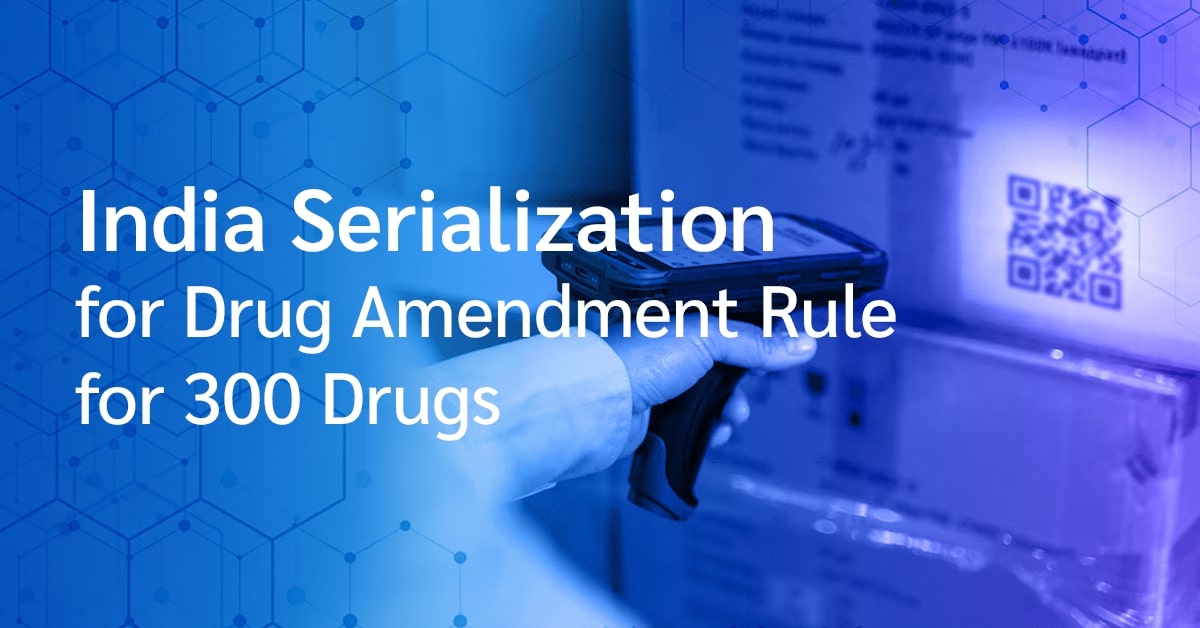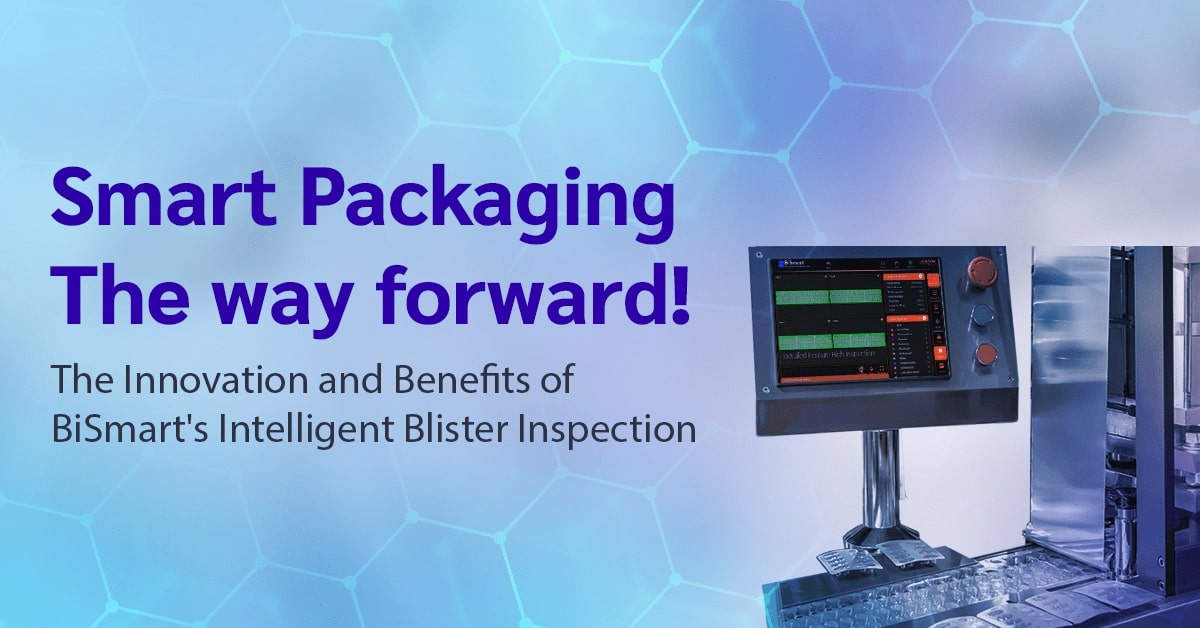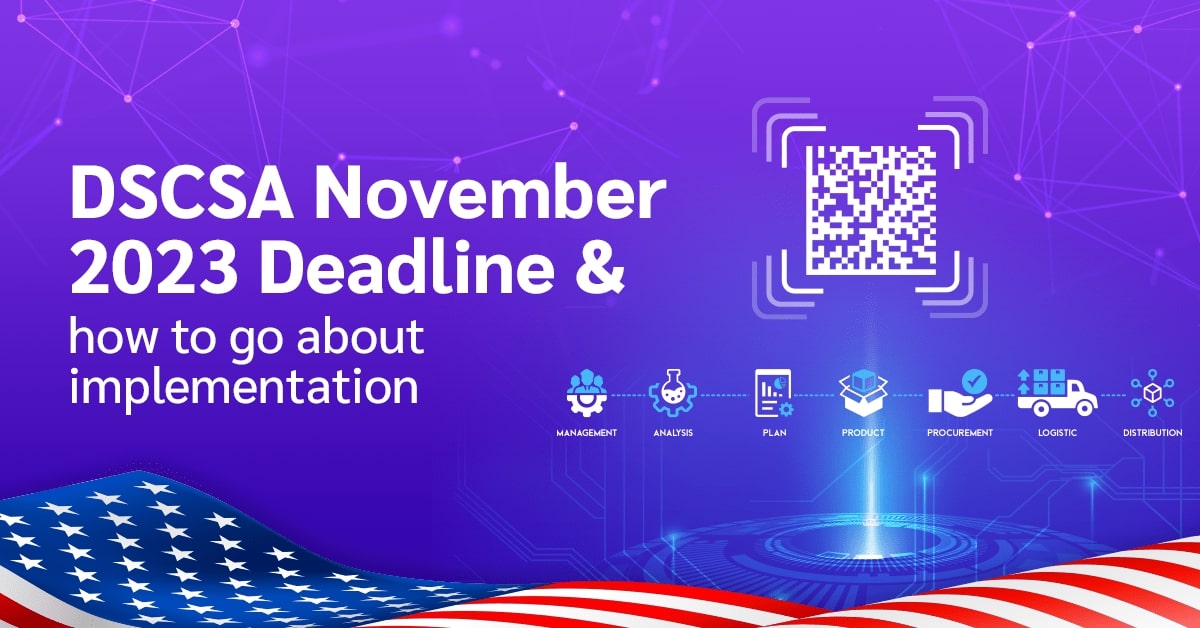Can one small mistake on a pharma production line lead to big problems? Absolutely. In pharmaceutical manufacturing, each detail counts – from packaging to labelling the product. A single error can cause failed audits, product recalls or serious delays.
For this reason, pharma companies are turning to vision inspection systems smart machines that verify any product very quickly and accurately. These systems help improve quality, reduce waste, and meet strict global regulations.
In this article, we’ll explore the role of vision inspection systems in pharmaceutical manufacturing, dive into their various types, and examine the future of this technology.
What is a Pharmaceutical Vision Inspection System?
A pharmaceutical vision inspection system is a fully automated system to capture high-resolution images of pharmaceutical products and packaging during production. The system can detect deviations, errors and defects in real time using advanced image processing algorithms and AI-based analytics.
Typical use cases include:
- Label verification
- Barcodes, batch numbers, expiry dates
- Blister pack and tablet inspection
- Vial and ampoule surface inspection
- Serialization and aggregation compliance
The Growing Demand for Advanced Inspection in Pharma
With standards of quality, documentation, and traceability becoming more stringent, especially with the guidelines from USA FDA, EU GMP and WHO GMP getting stronger, pharmaceutical companies are under greater pressure to adhere to the high standards. Any mistakes in packaging, wrong labelling or defects in tablet or capsule formation can lead to recalls that are expensive as well as tarnish brand credibility.
These systems offer significant advantages:
- Consistent, non-subjective inspection
- 100% in-line quality control
- Real-time data and analytics
- Minimal human intervention
- Reduced cost of non-compliance
Types of Vision Inspection Systems in the Pharma Environment
Vision inspection systems are essential at various stages to find defects, verify the correct labelling, and verify the integrity of the packaging.
The main types of vision inspection systems used in the pharma industry are as follows:
1. Tablet and Capsule Inspection Systems
The systems are used for the inspection of tablets and capsules for visual defects including cracks, chips, discolouration, contamination or incorrect shapes and sizes. High-speed cameras and state-of-the-art image processing help detect anomalies that are not seen by manual checks.
2. Label Inspection Systems
In label inspection systems, the presence, position and readability of labels on bottles, cartons, vials and ampoules are verified. With this, they can identify missing or misaligned labels, incorrect or blurry prints, as well as barcodes or QR codes against product databases.
3. Blister Pack Inspection Systems
In these, the system verifies that each cavity has the correct product and that the blister is properly sealed. Missing pills, incorrect placement, colour mismatches, or foreign particles trapped during packaging are all detectable with them.
4. Carton and Case Inspection Systems
This system, confirms printed data (batch numbers, expiry dates), detects carton defects and ensures that all required leaflets or inserts are present. Some systems also verify tamper-evident seals.
5. Vial and Ampoule Inspection Systems
These systems are used primarily for inspecting transparent containers for particulate matter, fill level, seal integrity, and cosmetic defects in use for injectable products. Lighting and high-speed cameras are used to even the smallest impurities or inconsistencies in the liquid.
Innovations Powering Next-Gen Vision Systems
Some of the key innovations that are pushing the next generation of vision inspection systems in the pharmaceutical industry include:
1. Artificial Intelligence and Machine Learning
Vision systems are being changed by the application of AI and ML. AI-powered models, unlike the traditional rule-based systems, learn from datasets they adapt to turn product types and become increasingly accurate from time to time.
2. Deep Learning Algorithms for Complex Defects
Deep learning is being used to detect subtle and complex defects such as micro cracks, air bubbles or print smudges which are difficult to define using normal programming.
3. High-Speed Imaging and Multi-Camera Systems
Today, high-resolution cameras are being used at ridiculously high frame rates, in modern vision systems. With multi-camera setups, cylindrical products like vials, bottles, and syringes can be inspected in 360 degrees without slowing down the production line.
4. 3D Vision Technology
3D imaging provides depth visual inspection from which can detect shape deformities, volume consistency and/or raised surfaces – the most important to packaging and fill level verification.
Real-World Applications in Pharmaceutical Manufacturing
Jekson Vision’s systems are deployed in some critical areas below.
Tablet and Capsule Inspection
Broken, chipped or discoloured tablets are detected; and tablets are uniform in shape and size.
Blister Pack Inspection
It detects missing or malformed pills and ensures the correct placement, count and quality of tablets in each cavity.
Label & Carton Inspection
It verifies that the printed information of the batch numbers, the expiry dates, the barcodes and the 2D codes are present and accurate.
Serialization & Aggregation
Verification of high-speed codes ensures compliance with global regulatory frameworks.
Vial and Ampoule Inspection
Foreign particle checks, label alignment, fill levels, cap integrity.
Driving Compliance and Traceability
Each product has to be traceable from global pharmaceutical companies. Jekson Vision’s inspection systems guarantee compliance with global standards 100 per cent.
- Capturing high-fidelity inspection data
- Generating detailed audit trails
- Providing integration with MES/ERP systems
- Supporting compliance with US FDA 21 CFR Part 11 and EU Annex 11
These systems are used to ensure that companies have a controlled, documented and fully traceable manufacturing environment whether it’s for serialization compliance or visual quality control.
The Future of Vision Inspection in Pharma
Digital transformation is happening fast in the pharmaceutical industry. Vision inspection used to detect defects, but it is now becoming a real, live quality control tool that passes information back to the production ecosystem.
AI-powered systems that Jekson Vision is already developing include:
- Predict and prevent defects
- Running production settings can be optimized in real-time.
- Enable machine learning support for adaptive manufacturing.
These innovations can be leveraged by pharmaceutical companies to move towards zero-defect manufacturing and get an edge in the global market.
Conclusion
Jekson Vision has been a pivotal enabler of pharmaceutical companies to meet these evolving demands for over two decades. Jekson Vision is known for its deep technical expertise, with a complete product range and the commitment to create innovation, it keeps redefining quality control in the pharma industry.
Partner with Jekson Vision to future-proof your production lines with intelligent, high-performance vision inspection solutions designed to meet the challenges of tomorrow.

